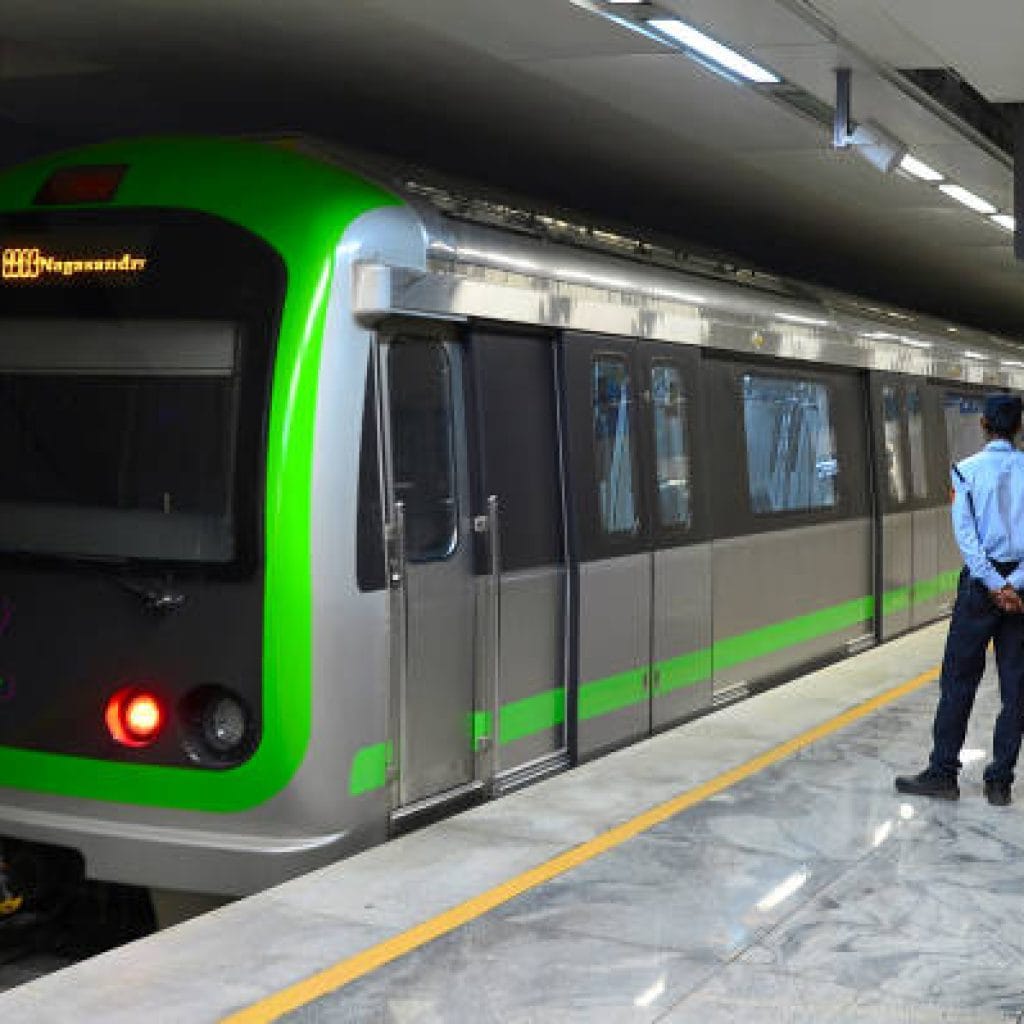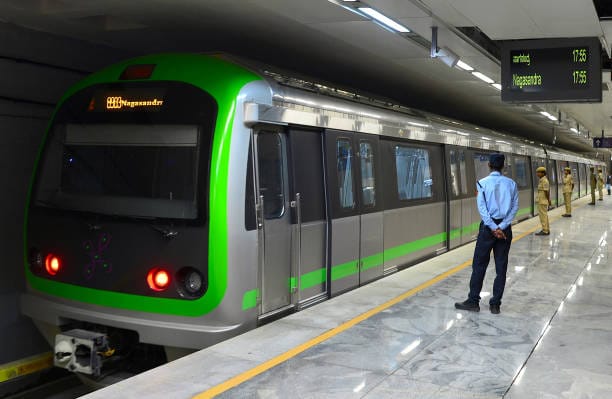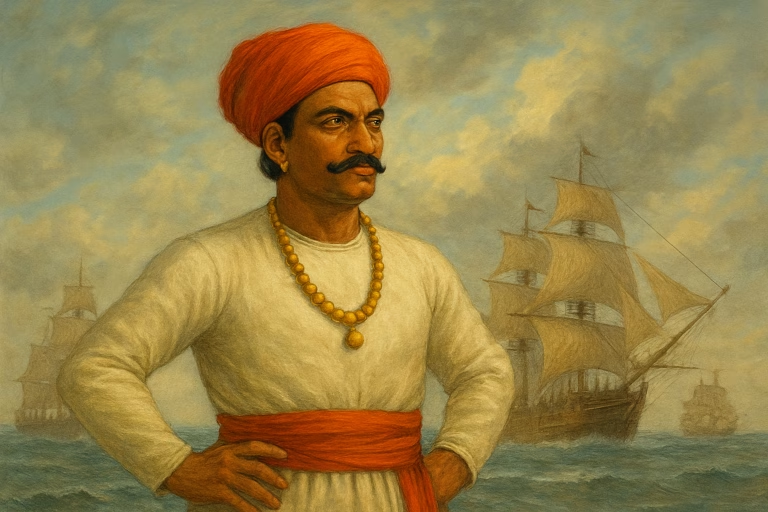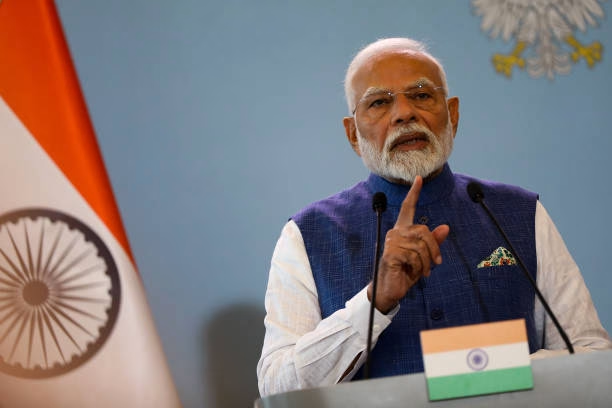Introduction
Bengaluru prides itself on being a city of ideas, culture, and progress. Its metro system, Namma Metro, is more than just public transport. It is a symbol of modern Bengaluru and its daily struggle to move millions of people across a city bursting at its seams. In such a context, the name of a metro station is never just a name. It is a marker of identity. It tells a story of the city’s past and the people who built it.

Naming Row: Bengaluru Metro Station as Saint Mary Sparks Debate
That is why the decision to call a station Saint Mary Metro Station, recently approved by Chief Minister Siddaramaiah, has drawn concern. The question is not whether Saint Mary is a respected figure in global tradition, but whether the name carries any connection to Bengaluru’s own roots. Many believe it does not. And that makes the move troubling.
The Role of Naming in a City’s Identity
Names are not just labels. In a city, they carry history, culture, and collective memory. Metro stations are public spaces that millions pass through every day. When a station is named after a local hero, a landmark, or an event, it becomes a daily reminder of the city’s story.
Take Delhi Metro as an example. Stations like Rajiv Chowk, Patel Chowk, and Netaji Subhash Place are tied to political and historical figures who shaped India. Even neutral names such as Kashmere Gate or Chandni Chowk preserve centuries-old legacies of the capital’s cultural fabric.
Similarly, in Mumbai Metro, names like Ghatkopar, Andheri, and Marol Naka are directly linked to localities. They make immediate sense to the people who live there. The names are practical but also grounded in the geography and history of the city.
Bengaluru has followed a similar logic. Stations like Sir M. Visvesvaraya, Vidhana Soudha, Jayanagar, and Yeshwantpur are rooted in Karnataka’s political, cultural, and scientific heritage. Each one has resonance. They give commuters not just directions but identity.
This is why the sudden choice of “Saint Mary Metro Station” feels jarring. It does not tie back to a locality, a landmark, or a figure who built Karnataka’s story. Instead, it introduces a name that floats without context, leaving residents puzzled about why it was chosen in the first place.
Why Saint Mary? The Missing Connection
The most pressing question is simple: what connects Saint Mary to Bengaluru? The honest answer is — very little. Unlike Saint Philomena’s Cathedral in Mysuru, which has historic and architectural importance in Karnataka, Bengaluru does not have any comparable landmark tied to Saint Mary that could justify naming a metro station after her.
On social media, many Bengalureans voiced their confusion. One user on X (formerly Twitter) wrote, “Metro stations should reflect Bengaluru’s heritage. Why Saint Mary, when we have so many local icons left unrecognised?” Another posted, “If the idea is inclusivity, why not pick a name that both represents diversity and has Bengaluru roots?”
Local civic groups have also spoken up. The Bengaluru Heritage Forum issued a note urging the government to rethink the decision, stating that metro names should “anchor commuters to their city, not detach them from it.” They argue that naming stations without historical or cultural grounding dilutes the very identity of the city’s transit system.
At the same time, a few have defended the move, suggesting that Bengaluru’s cosmopolitan character could justify a more global name. But this argument struggles to convince many, given that the metro already stands as a symbol of the city’s global outlook. What residents want, instead, is recognition of local heroes, scientists, thinkers, writers, and reformers whose legacies remain underrepresented.
What Bengaluru Could Have Chosen Instead
Bengaluru does not lack choices when it comes to names that reflect its own history and culture. If the idea was to honour a figure, there are plenty who shaped Karnataka and Bengaluru in particular.
Kempegowda, the founder of Bengaluru, is already honoured through the international airport and a metro station, but his name could extend to other prominent city landmarks. Similarly, Kuvempu, the Jnanpith Award-winning Kannada poet, remains one of the most celebrated literary figures of the state. A metro station named after him would immediately resonate with both commuters and cultural identity.
Other names like Kittur Rani Chennamma, the queen who fought colonial forces long before the 1857 uprising, or Basavanna, the 12th-century philosopher and social reformer, would connect directly to Karnataka’s historic struggle for justice and equality. Even modern icons like Dr. Rajkumar, who is still beloved across generations, or M Visvesvaraya, the engineer-statesman, embody the spirit of Karnataka in ways that a name like Saint Mary cannot.
Landmark-based naming could also be more logical. Many stations have already taken the names of neighbourhoods, such as Indiranagar or Jayanagar, which serve a dual purpose of guiding commuters while preserving local identity. Continuing with this approach avoids confusion and grounds the metro firmly in its geography.
By choosing Saint Mary, authorities skipped a chance to highlight Karnataka’s own heroes and legacies. For a city that constantly struggles to preserve its cultural identity amid rapid urbanisation, this feels like a missed opportunity.
The Larger Issue: Whose City is Bengaluru Becoming?
The row over Saint Mary Metro Station is not just about one name. It opens up a larger question about who decides how Bengaluru defines itself. In a city that is growing rapidly, every naming decision — whether of roads, flyovers, or metro stations — becomes political. It reflects whose voices are heard and whose are ignored.
Governments often defend such choices as administrative formalities. But when a station is given a name that has no historical or cultural link to the city, it signals a disconnect between policymakers and citizens. Critics see it as a case of decision-making done from the top down, without adequate consultation.
Bengaluru is already battling the pressures of globalisation, where glass towers and IT hubs threaten to overshadow its older character. The naming of metro stations should have been one way to hold on to its cultural anchors. Instead, the Saint Mary episode raises fears that the city’s identity is being diluted, sometimes unintentionally, sometimes carelessly.
A government that claims to represent the people must ask: whose history, whose culture, and whose values do we choose to celebrate in our public spaces? Ignoring this question risks alienating citizens and eroding the pride they feel in their own city.
Lessons from Other Cities
If we look across India, metro station naming has usually balanced practicality with cultural preservation. Delhi Metro provides a strong case. Names like Patel Chowk, Netaji Subhash Place, and Rajiv Chowk honour leaders of India’s political and freedom struggles. At the same time, stations such as Chandni Chowk or Kashmere Gate retain centuries-old local identities, ensuring that heritage is not lost in the rush of urban modernity.
Mumbai Metro has taken a more geographical approach, grounding its names in localities such as Ghatkopar, Andheri, and Versova. These names may sound ordinary, but they reflect the lived reality of people and their connection to neighbourhoods. This practicality also makes navigation simpler for commuters, which should be a core aim of station naming.
Globally, too, there are lessons. In London, stations like Baker Street and Westminster are tied to local history and landmarks. In Paris, names such as Bastille or Saint-Michel celebrate revolutionary moments and cultural heritage. These names go beyond mere directions. They remind commuters of the history that shaped their cities.
Bengaluru, a city proud of its heritage yet global in its outlook, has every reason to follow this path. Instead of imposing names without local roots, authorities could use metro stations as tools of storytelling. Each stop could tell passengers something about the land, its thinkers, its artists, and its history.
The choice of “Saint Mary” does not do this. It feels arbitrary, detached from both geography and legacy. And in a city where cultural identity is already fragile, such detachment can leave a lasting mark.
What This Debate Really Means for Bengaluru
The controversy around naming a station Saint Mary Metro Station is not just about one decision. It reflects the tension between a city’s rapid growth and its need to stay anchored in identity. Bengaluru has always been a place of many cultures, a city that welcomes the world while holding on to its Kannada heart. To keep that balance, the choices we make in naming our public spaces matter deeply.
When a name has no link to the city’s history, it risks reducing public spaces to administrative afterthoughts. Metro stations are not just transit points. They are civic markers that future generations will inherit. A name chosen without cultural or historical grounding will not inspire pride. It will only create distance.
Chief Minister Siddaramaiah’s approval of Saint Mary Metro Station may have been well-intentioned. But the absence of connection to Bengaluru makes it a flawed choice. At a time when citizens are asking for better representation of local heroes, writers, reformers, and icons, this feels like a missed chance.
The government would do well to listen to the voices of the people and reconsider. There is no shortage of names in Karnataka’s long and proud history that deserve the honour of being remembered daily by millions of commuters. Choosing such names would not only be practical and meaningful but also strengthen the bond between Bengaluru’s past and its future.
The debate is bigger than a metro station. It is about what kind of city Bengaluru wants to be — one that remembers where it came from, or one that lets its identity fade in the noise of globalisation.
How Metro Station Names Are Chosen in India
Metro station names may appear simple, but the process is often political. In India, the naming of public infrastructure typically involves multiple stages. Proposals are first raised by metro authorities like the Bengaluru Metro Rail Corporation Limited (BMRCL). These suggestions are then reviewed by the state government. In some cases, the Union government or its ministries also step in, particularly when a name involves national figures.
The aim is usually to select names that are practical for commuters. But in practice, politics often enters the picture. Governments see naming as a symbolic act. A new road or metro station named after a political leader, a saint, or a cultural icon can send a message about who the ruling party wishes to honour. While this is not unique to Karnataka, the Saint Mary controversy highlights how disconnected such choices can sometimes feel from local expectations.
Citizen Voices: A Divided Reaction
Public opinion on “Saint Mary Metro Station” has been divided. Many Bengalureans have taken to social media to express dissatisfaction. A group of college students near the proposed station started a hashtag campaign, #NameItRight, urging the government to rethink. Their posts stressed that the metro belongs to the people of Bengaluru and should reflect the city’s Kannada heritage.
Heritage groups have echoed similar concerns. One activist stated, “When our history is rich with poets, reformers, and freedom fighters, why pick a name that tells us nothing about our own city?”
On the other hand, some community leaders have welcomed the move, calling it a sign of inclusivity. They argue that Bengaluru’s cosmopolitan nature justifies a more global name. But even among them, a common concern lingers — inclusivity should not come at the cost of erasing local identity.
Comparisons with Other Indian Cities
Looking beyond Bengaluru, other Indian metros show different approaches to naming.
Hyderabad Metro has combined geography with history. Stations like Ameerpet, Miyapur, and Begumpet are named after localities, while Parade Grounds pays homage to the city’s military legacy. This blend makes sense to residents and visitors alike.
Chennai Metro has mostly stuck to practical locality-based names such as Alandur, Egmore, and Airport. These names avoid political disputes and provide clear guidance to commuters.
Kochi Metro added a unique touch by allowing public participation. Citizens were invited to suggest names, giving them a sense of ownership. While the final names remained rooted in locality, the process itself built goodwill.
Bengaluru’s current controversy stands out because the name “Saint Mary” does not follow any of these approaches. It is neither geographical, nor historical, nor rooted in citizen input.
Should There Be Naming Guidelines?
This episode raises the bigger question: should there be formal guidelines for naming public infrastructure? Right now, the process is ad hoc, often swayed by political priorities. Clear rules could prevent such controversies. For example, guidelines could require that names must satisfy at least one of these criteria:
- A link to the station’s immediate locality
- Recognition of a person who has contributed to Karnataka’s history, science, art, or culture
- Preservation of a landmark or event tied to the region
Such rules would balance inclusivity with cultural grounding. They would also reduce public backlash and build a sense of shared ownership.
A Larger Reflection on Bengaluru’s Identity
The Saint Mary Metro Station debate is symbolic of Bengaluru’s larger identity struggle. On one hand, the city markets itself as the Silicon Valley of India, a global IT hub. On the other, it is the land of Kempegowda, Kuvempu, Basavanna, and countless others who shaped Karnataka’s ethos. The two need not be in conflict. But decisions like this one give the impression that the city is drifting away from its cultural anchors.
For Bengalureans, a metro ride should not just be about convenience. Each station name can be a reminder of where the city has come from and who helped build it. When those names lose connection to the land and its people, the metro becomes just another imported model of urban development, stripped of local meaning.
Conclusion: A Call for Reconsideration
In approving the name Saint Mary Metro Station, Chief Minister Siddaramaiah may not have intended to cause controversy. Yet the choice exposes how governance can sometimes overlook cultural sensitivities. Bengaluru has no shortage of names that could better honour its history and inspire its citizens.
Revisiting this decision would not be a sign of weakness. It would be an acknowledgment that public spaces belong to the people, and their voices matter. At stake is more than a name. It is the right of Bengalureans to see their heritage respected in the spaces they use every day.
The metro is not just about moving from one station to another. It is about moving a city forward while staying true to its roots. Bengaluru deserves names that tell its story, not names that erase it.


